I got to thinking about Boston the other day and the foods it’s known for, like BOSTON BAKED BEANS and BOSTON CLAM CHOWDAH. Then my mind wandered off and I thought about BOSTON SCROD. What the hell is a scrod anyway? I’ve since learned that it’s a made-up name created by the PARKER HOUSE HOTEL to refer to any fish that is the “top of the catch” and therefore the freshest of the fresh because it was caught at the end of a several-day run. Fish caught earlier in the week were iced down in the bottom of the boat, with the more recent hauls iced and piled upon them.
Scrod. What an odd name. But it stuck.
There are even legends about scrod.
I recall one that involves an extremely well-educated Harvard cab driver who picks up a businessman who’s just arrived in town. This is his first trip to Boston and he’s eager to try some of the local food…especially Boston Scrod. As he gets into the taxi at Logan airport, the first thing he asks is, “Do you know where I can get scrod here?”
The cabbie answers, “Listen, Mac. I’ve been asked that illegal question many times, in many ways, but never in the past pluperfect subjunctive.”
So, there.
Back in the mid-seventies, off the coast of Chile, there was a relatively obscure creature called the PATAGONIAN TOOTHFISH. At best, it was used for deep-fried, fast-food sandwiches or fish & chips – until Lee Lantz, a seafood wholesaler from Los Angeles, decided there might be a market for its broad, flaky flesh, buttery mouthfeel and clean, slightly sweet taste. I could sell this, he thought.
But oh, that hideous name.
So he rebranded it – jettisoning “Patagonian Toothfish” for “Chilean Sea Bass.”
It not only became wildly popular throughout the world, it landed a spot on the menu of the Michelin three-star New York restaurant, the FOUR SEASONS.
That’s the good news. The bad news is that the re-branding was so successful it led to overfishing. The once plentiful stock of Chilean Sea Bass plummeted, and today it’s carefully monitored.
Then there’s the GOOSEFISH – known today as the MONKFISH.
Why monkfish? Legend has it that, years ago, when Italian fishermen returned to port in Genoa and Naples, they were met by area monks who had taken a vow of poverty and would ask for cast-off fish.
The mysterious creature of the deep, with its huge gaping mouth, was so ugly that nobody wanted to buy it. Consequently, the fishermen gave their unwanted catch to the monks.
It turned out, however, that monkfish tails – the only edible part of the fish – were absolutely delicious: bright white, firm and meaty, with a sweet flavor and texture that could almost pass for lobster. Alain Roux, owner of the acclaimed WATERSIDE INN on the Thames in Bray, just outside of London, trumpets monkfish on his Michelin-starred menu.
Certainly, a finalist in the UGLY NAME DEPARTMENT would be the SLIMEHEAD, found in deep, dark, cold ocean waters pretty much all around the world. Fishermen cursed when that rough, armor-plated, red wretch would clog their fishing nets.
That is, until someone renamed it ORANGE ROUGHY. Suddenly a fish that was typically dried and ground up for dog food became an international favorite.
Can you imagine being in a fine restaurant where the sommelier approaches your table and says, “May I interest you in a fine bottle of Willamette Valley Pinot Noir with notes of rose petals and raspberry to complement your SLIMEHEAD?”
These days, you don’t often see orange roughy on menus. That’s because it too was overfished. Efforts have been made to restore the stocks, but it’s at best borderline sustainable.
Okay, can you think of anything less appetizing than slimehead?
Well, how about WHORE’S EGGS?
Once considered garbage ilk, these spiny, globular invertebrates of the Echinodermata phylum got rebranded as SEA URCHINS. And today they’re a delicacy whose “roe” – a euphemism for their GONADS – is prized by chefs at fancy restaurants. Inside each sea urchin are five orange, creamy, lobe-like folds with an intensely briny flavor. Sea Urchin retails for as much as $360 a kilo in Japan, where it’s served raw as sashimi or in sushi. The Japanese love their “uni” so much that it’s also at risk of being overfished.
Let’s move on to the ghastly sounding PACIFIC SPINY DOGFISH. That name didn’t last long. It was reintroduced as ROCK SALMON (even though it’s part of the shark family). It’s been likened to a mushier version of cod and is used only for fish & chips. I’m sure a generous dousing of malt vinegar and a handful of salt makes it palatable enough.
Now consider ST. PETER’S FISH – better known as TILAPIA. The name’s biblical roots reference the apostle St. Peter, who’s said to have pulled the fish from the Sea of Galilee (the same body of water that supplied the catch for Christ’s loaves-and-fishes miracle). Today tilapia ranks #4 among the world’s most consumed fish. Still, there are efforts to revert the name back to St. Peter’s Fish in order to appeal to Catholics and Bible Belt Christians.
Note, however, that rebranding doesn’t only apply to seafood.
Could any of you be persuaded to place an order for VEAL THYMUS GLANDS at your favorite restaurant? Probably not. But if counseled to try the CRISPY SWEETBREADS, you might just try ‘em.
Now for dessert. In the UK, you’re apt to come across SPOTTED DICK. This yummy pudding sounds like a diseased penis, but remains enormously popular throughout the British Isles despite attempts to change the name. Spotted Dog? Railway Cake? Even the British Parliament dining hall forbade the name on their menus. They tried “SPOTTED RICHARD” for a time. Guess that they’re back to?
And now, perhaps the most offensive name of them all: NUN’S ASSES. They’re pert, round, firm pink candies in the shape of – STOP RIGHT THERE! HERE NOW! WE’LL HAVE NUN OF THAT!!!
W.T.F.
Phil





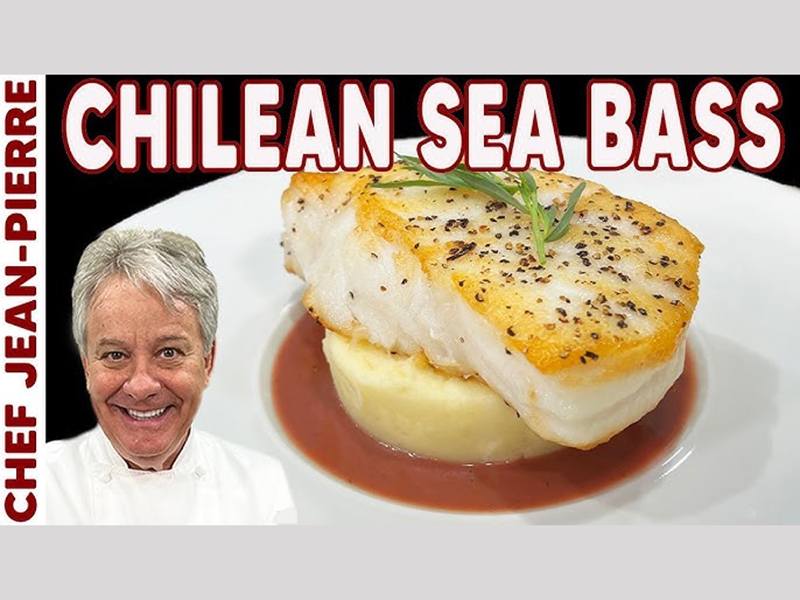
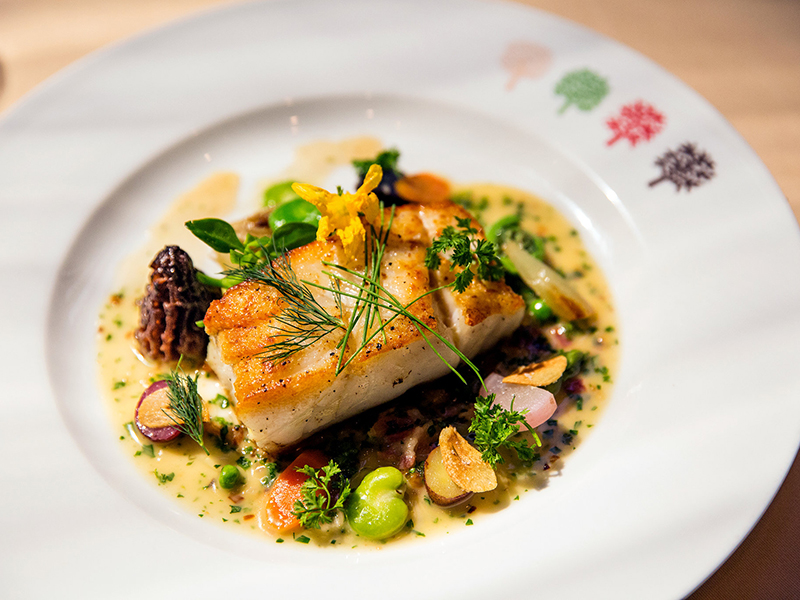

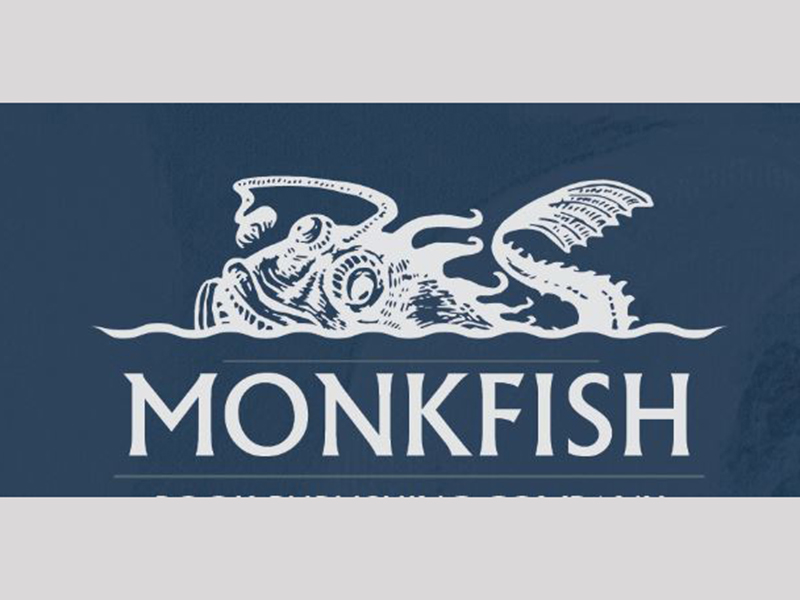

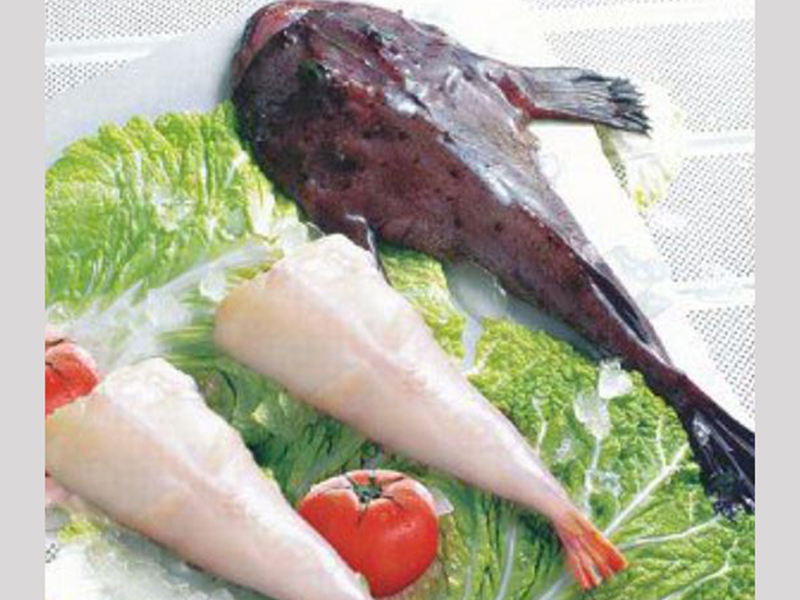

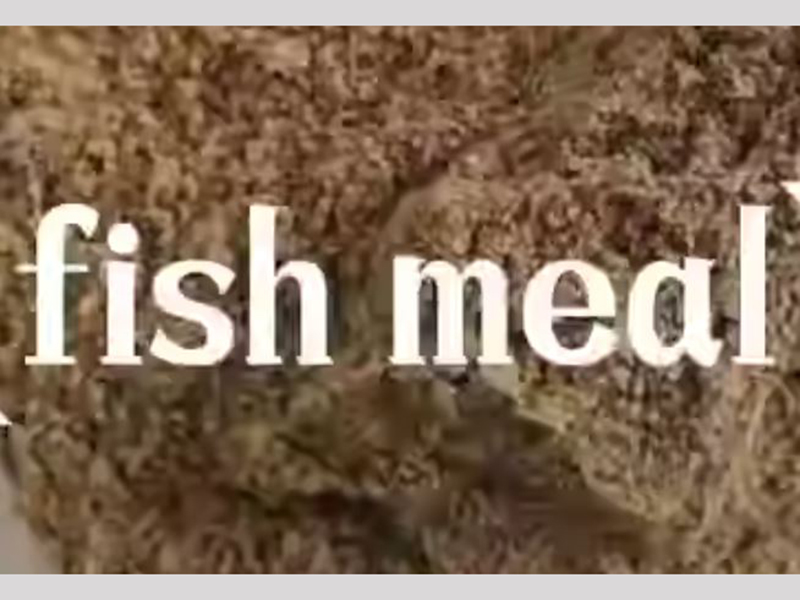


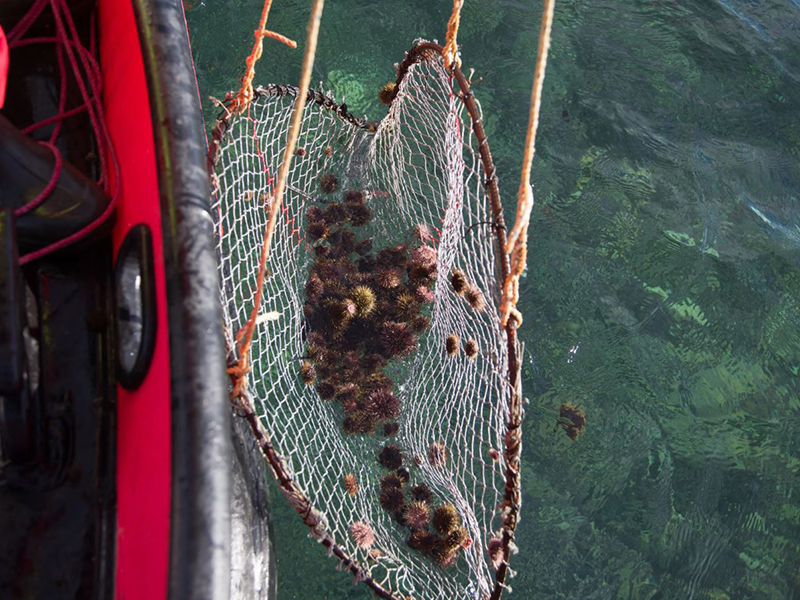




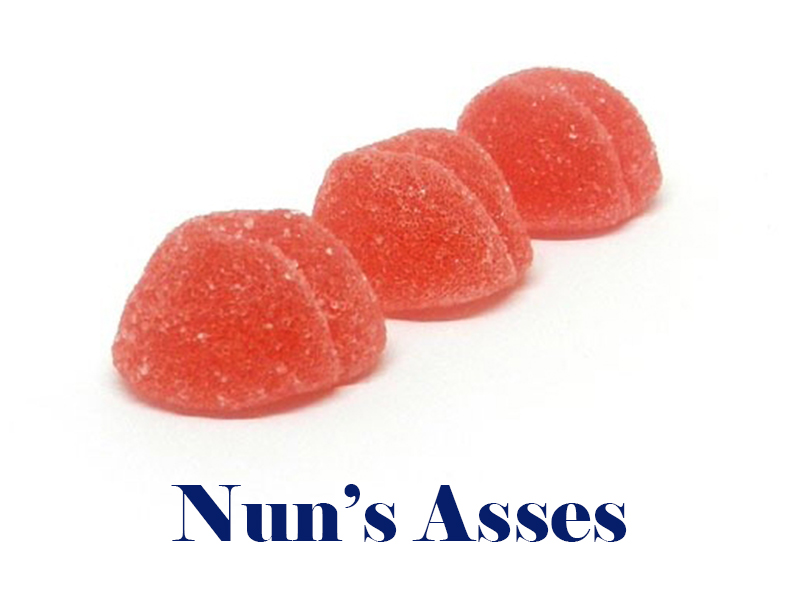
Hi this is spam delete